Related Research Articles

Mad is an American humor magazine first published in 1952. It was founded by editor Harvey Kurtzman and publisher William Gaines, launched as a comic book series before it became a magazine. It was widely imitated and influential, affecting satirical media, as well as the cultural landscape of the 20th century, with editor Al Feldstein increasing readership to more than two million during its 1973–1974 circulation peak.
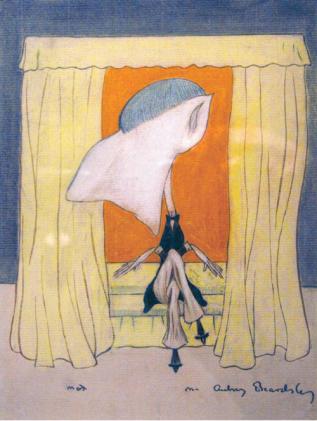
A caricature is a rendered image showing the features of its subject in a simplified or exaggerated way through sketching, pencil strokes, or other artistic drawings. Caricatures can be either insulting or complimentary, and can serve a political purpose, be drawn solely for entertainment, or for a combination of both. Caricatures of politicians are commonly used in newspapers and news magazines as political cartoons, while caricatures of movie stars are often found in entertainment magazines.

Morris "Mort" Drucker was an American caricaturist and comics artist best known as a contributor for over five decades in Mad, where he specialized in satires on the leading feature films and television series.
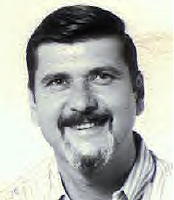
George Woodbridge was an American illustrator known for his exhaustive research and historical accuracy, and for his 44-year run as a contributor to MAD Magazine. He was sometimes referred to as "America's Dean of Uniform Illustration" because of his expertise in drawing military uniforms.

John Burton Davis Jr. was an American cartoonist and illustrator, known for his advertising art, magazine covers, film posters, record album art, and numerous comic book stories. He was one of the founding cartoonists for Mad in 1952. His cartoon characters are characterized by extremely distorted anatomy, including big heads, skinny legs, and large feet.

Arthur Szyk ; June 3, 1894 – September 13, 1951) was a Polish-born Jewish artist who worked primarily as a book illustrator and political artist throughout his career. Arthur Szyk was born into a prosperous middle-class Jewish family in Łódź, in the part of Poland under Russian rule in the 19th century. An acculturated Polish Jew, Szyk always proudly regarded himself both as a Pole and a Jew. From 1921, he lived and created his works mainly in France and Poland; in 1937 he moved to the United Kingdom. In 1940, he settled permanently in the United States, and was granted American citizenship in 1948.
Edward Sorel is an American illustrator, caricaturist, cartoonist, graphic designer and author. His work is known for its storytelling, its left-liberal social commentary, its criticism of reactionary right-wing politics and organized religion. Formerly a regular contributor to The Nation, New York Magazine and The Atlantic, his work is today seen more frequently in Vanity Fair. He has been hailed by The New York Times as "one of America's foremost political satirists". As a lifelong New Yorker, a large portion of his work interprets the life, culture and political events of New York City. There is also a large body of work which is nostalgic for the stars of 1930s and 1940s Hollywood when Sorel was a youth. Sorel is noted for his wavy pen-and-ink style, which he describes as "spontaneous direct drawing".
Rick Tulka is an illustrator and caricaturist whose work has appeared in Mad magazine since 1988. He has been living and working in Paris since the mid-1990s.
Nick Meglin was an American writer, humorist, and artist. He was known for his work as a contributor, comics writer, illustrator and editor for the satirical magazine Mad. He also scripted Superfan, a 1970s comic strip by Jack Davis. He was active as a lyricist of musical theatre, and had columns in various specialized magazines about culture and sports.

John Ficarra is an American publishing figure. He was hired as assistant editor of the American satire magazine Mad in 1980, shortly after his debut as a contributing writer. He became editor-in-chief in 1985, when the incumbent retired, to 2018.
Chris Fox Payne is an American caricaturist and illustrator. He graduated with BFA from Miami University in Ohio in 1976 and began a freelance career in 1980.

Tom Richmond is an American freelance humorous illustrator, cartoonist and caricaturist whose work has appeared in many national and international publications since 1990. He was chosen as the 2011 "Outstanding Cartoonist of the Year", also known as "The Reuben Award", winner by the National Cartoonists Society.

Miguel Covarrubias, also known as José Miguel Covarrubias Duclaud was a Mexican painter, caricaturist, illustrator, ethnologist and art historian. Along with his American colleague Matthew W. Stirling, he was the co-discoverer of the Olmec civilization.
Bob StaakeSTAK is an American illustrator, cartoonist, children's book author and designer. He lives and works in Chatham, Massachusetts on the elbow of Cape Cod.
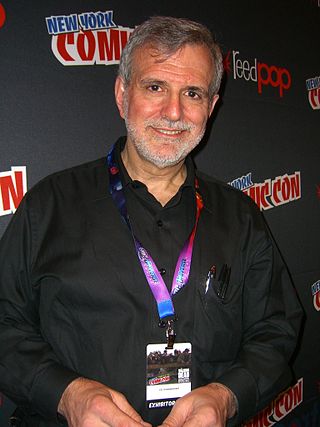
Sam Viviano is an American caricature artist and art director. Viviano's caricatures are known for their wide jaws, which Viviano has explained is a result of his incorporation of side views as well as front views into his distortions of the human face. He has also developed a reputation for his ability to do crowd scenes. Explaining his twice-yearly covers for Institutional Investor magazine, Viviano has said that his upper limit is sixty caricatures in nine days.
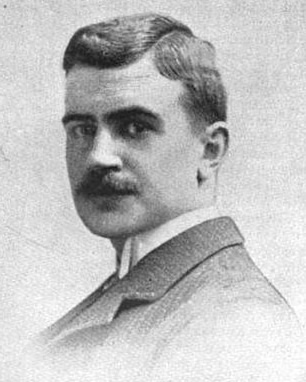
Edward Winsor Kemble, usually cited as E. W. Kemble, and sometimes referred to incorrectly as Edward Windsor Kemble, was an American illustrator. He is known best for illustrating the first edition of Adventures of Huckleberry Finn and for his caricatures of African Americans.
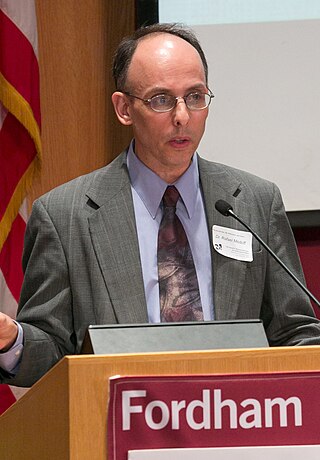
Rafael Medoff (born c. 1959) is an American professor of Jewish history and the founding director of The David Wyman Institute for Holocaust Studies, which is based in Washington, D.C. and focuses on issues related to America's response to the Holocaust.
Debuting in August 1952, Mad began as a comic book, part of the EC line published from offices on Lafayette Street in Lower Manhattan. In 1961 Mad moved its offices to mid-town Manhattan, and from 1996 onwards it was located at 1700 Broadway until 2018 when it moved to Los Angeles, California to coincide with a new editor and a reboot to issue #1.

Alfred E. Neuman is the fictitious mascot and cover boy of the American humor magazine Mad. The character's distinct smiling face, parted red hair, gap-toothed smile, freckles, protruding ears, and scrawny body dates back to late 19th-century advertisements for painless dentistry, also the origin of his "What, me worry?" motto. The magazine's founder and original editor, Harvey Kurtzman, began using the character in 1954. He was named "Alfred E. Neuman" by Mad's second editor Al Feldstein in 1956. Neuman's likeness has appeared on all but a handful of the magazine's covers, over 550 issues. He has almost always been portrayed in front view, silhouette, or directly from behind.
Robert Goodhue Jones was an American artist and illustrator. Jones is best known for creating illustrations for the American gasoline company Exxon's "Put a tiger in your tank" campaign. He has also had works published in The Saturday Evening Post and MAD.
References
- 1 2 3 4 5 6 7 8 9 Domnitch, Larry (August 13, 2010). "Two Holocaust books you can judge by their covers". Jewish Ledger .
- 1 2 "Gerry Gersten, Mad Artist, RIP". Mad . January 17, 2017.
- 1 2 3 4 5 6 7 "Gerry Gersten: Obituary". The New York Times . January 14, 2017. Retrieved July 23, 2017.
- ↑ "1941-1950". The Cooper Union. Retrieved July 23, 2017.
- ↑ "The Cooper Union Alumni Hall of Fame". Cooper Union Alumni Association. Retrieved July 23, 2017.
- ↑ Greenfield, Jeff (24 Oct 1977). "'The 10 O'Clock News': It's Not Pretty, but It's Good". New York . pp, 46 and 47. Archived at Google Books. Retrieved 17 January 2017.
- 1 2 3 4 Richmond, Tom (January 27, 2017). "Gerry Gersten: 1927-2017". Richmond Illustration Inc!
- 1 2 3 4 Ficarra, John (June 2017). "Remembering Gerry Gersten, 1927 - 2017", Mad #545. p. 3.
- ↑ Jacobs, Frank [Writer]; Kadu, Charlie; Ficarra, John [Editors] (2015). "Table of Contents". MAD's Greatest Writers: Frank Jacobs: Five Decades of His Greatest Works. E.C. Publications. p. 4. Archived at Google Books. Retrieved July 23, 2017.
- 1 2 "Face to Face with Award-winning Illustrator and Caricaturist Gerry Gersten" Archived 2011-04-29 at the Wayback Machine . Biblioevents. Volume 15, Issue 2 (August 2008). The Ridgefield Library (Ridgefield, Connecticut). Retrieved July 23, 2017.